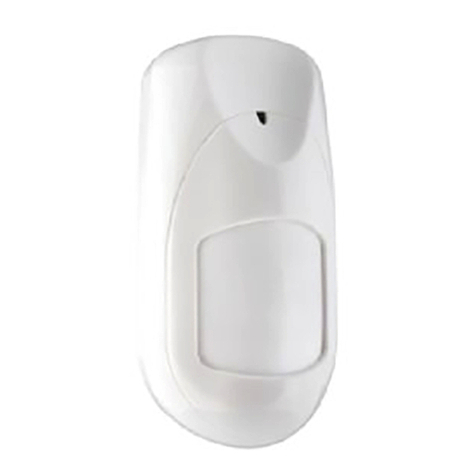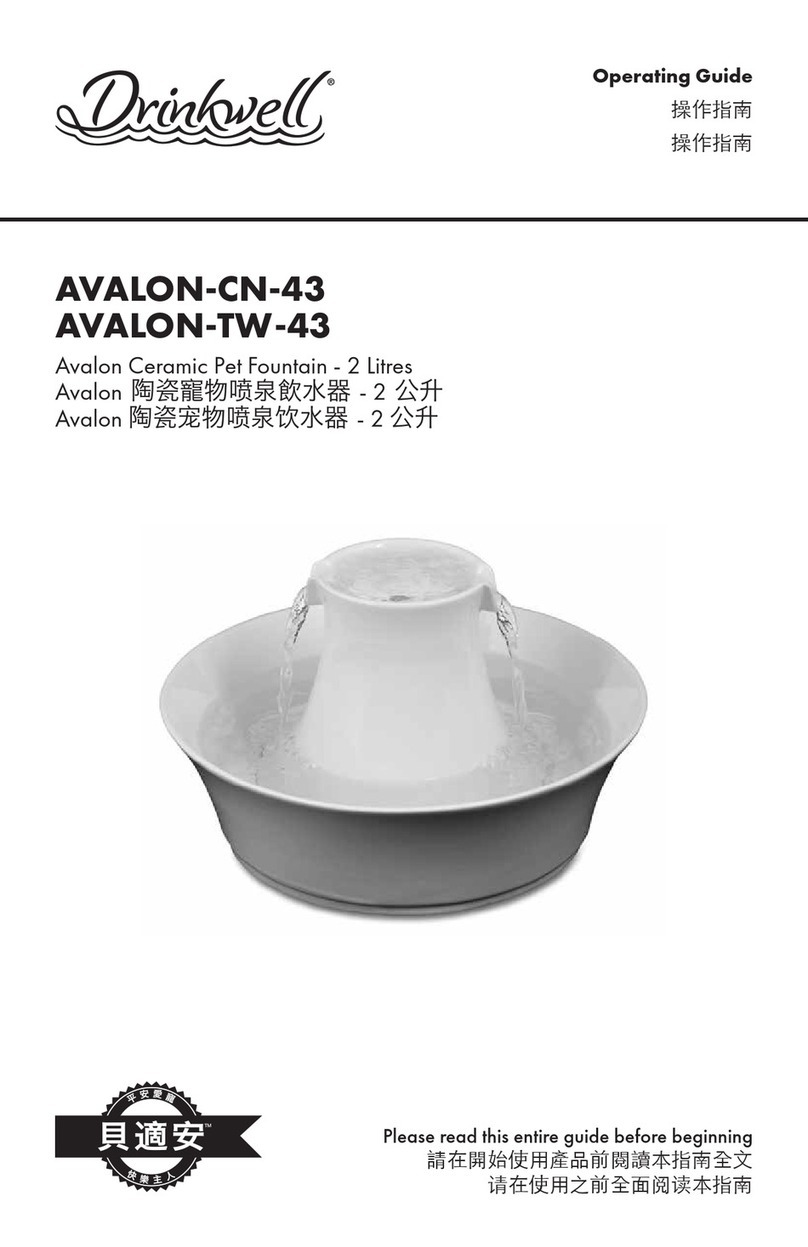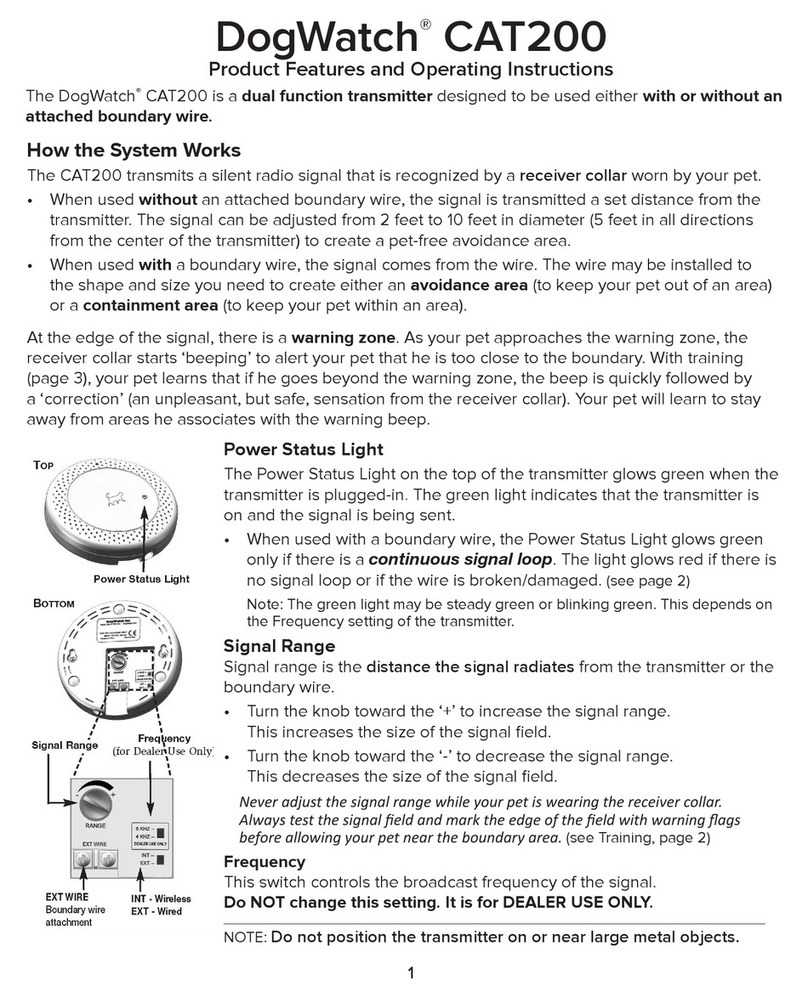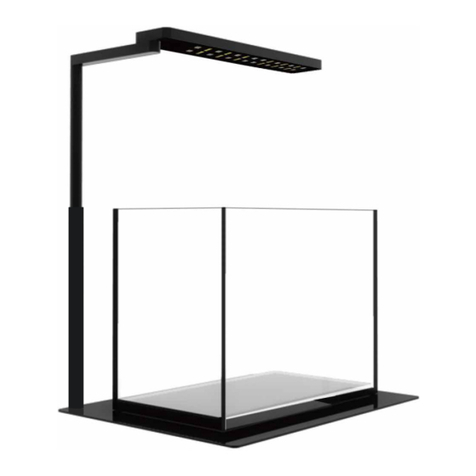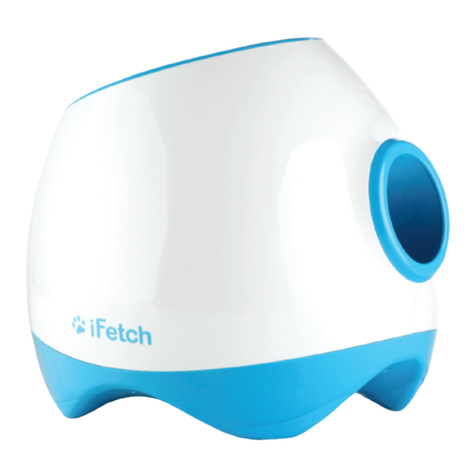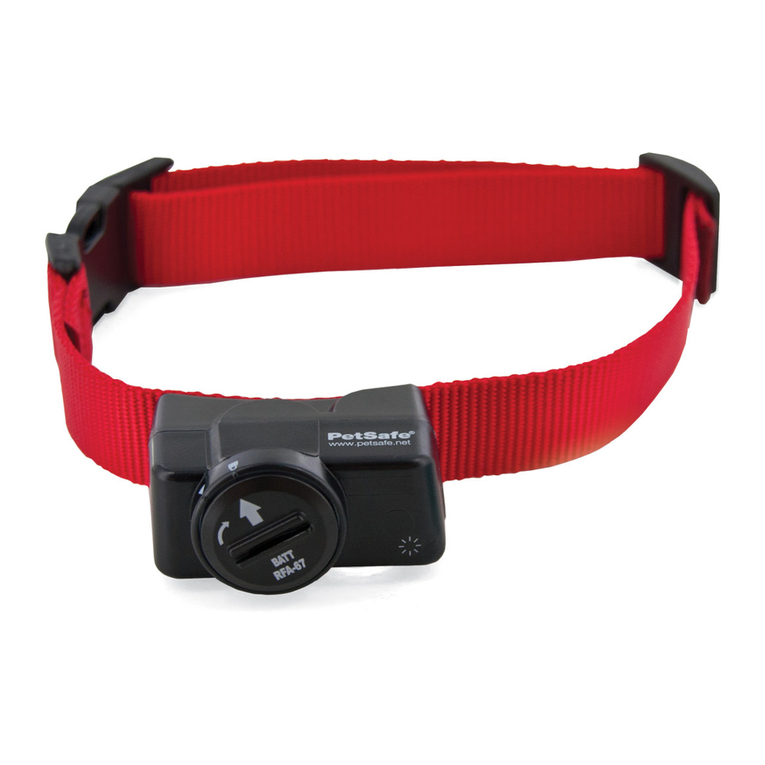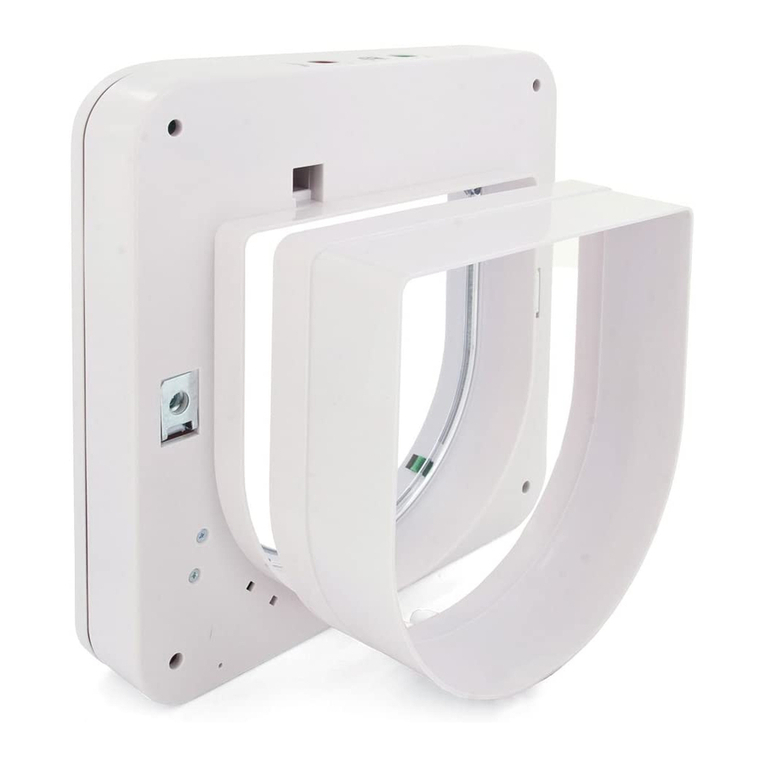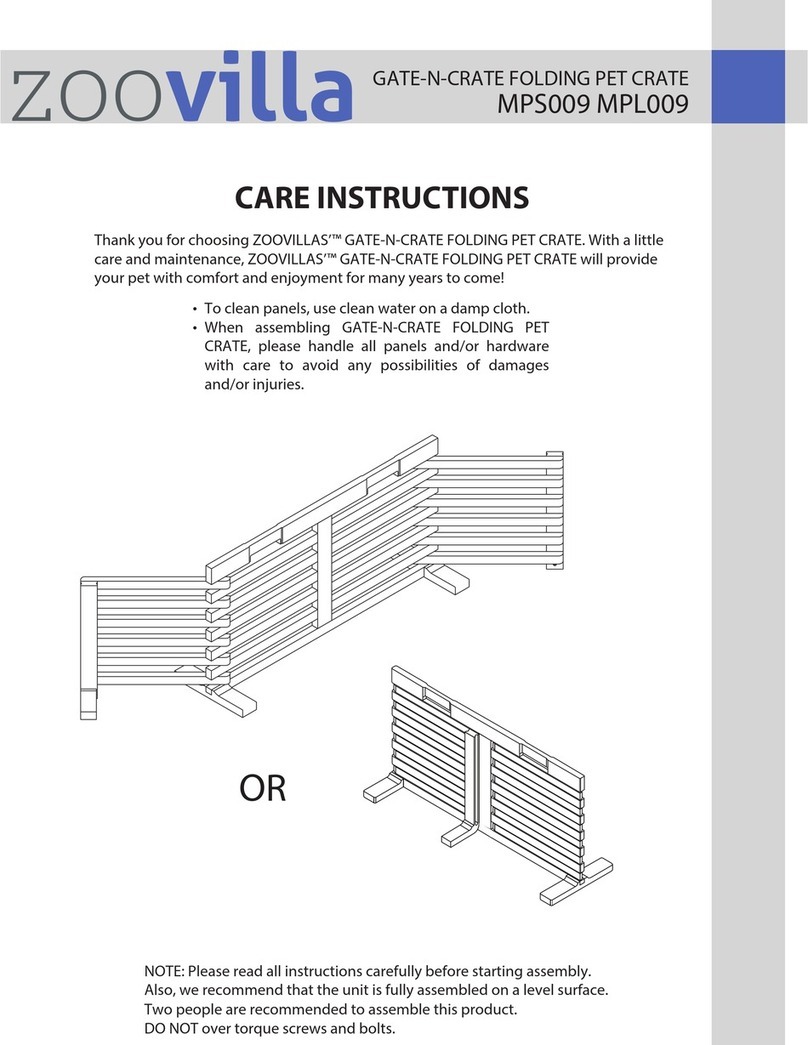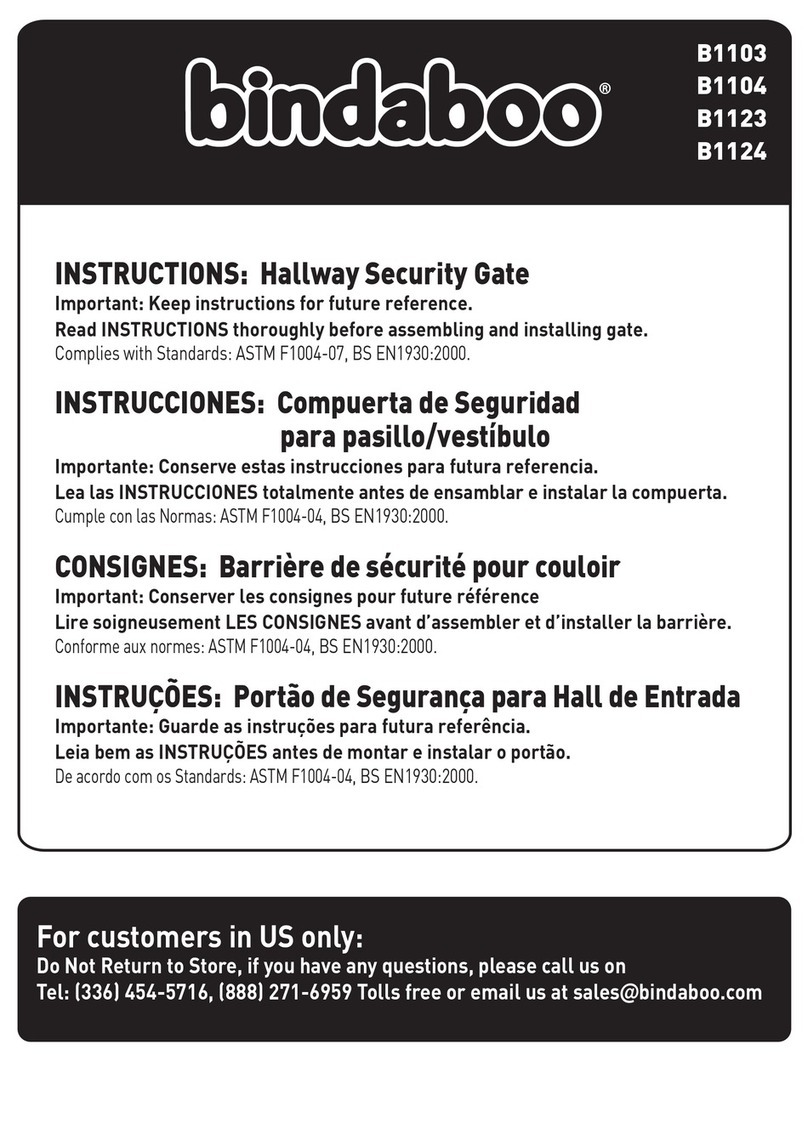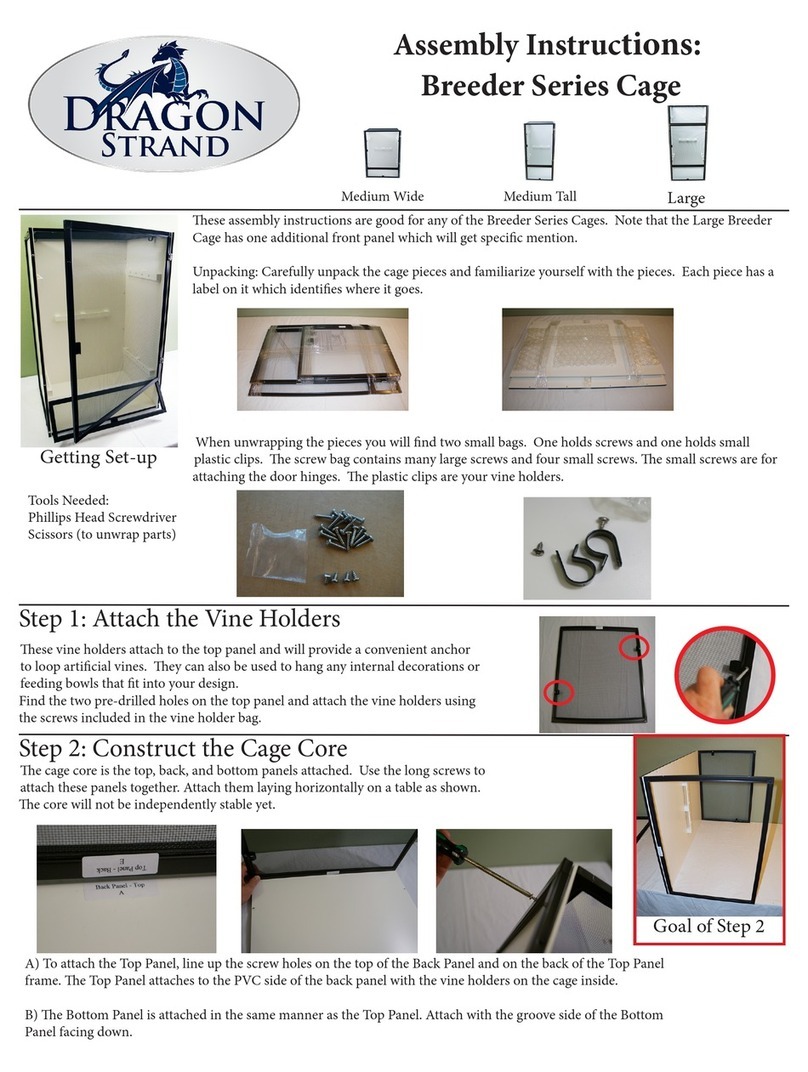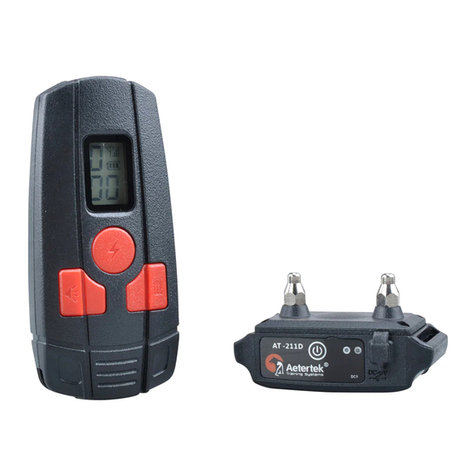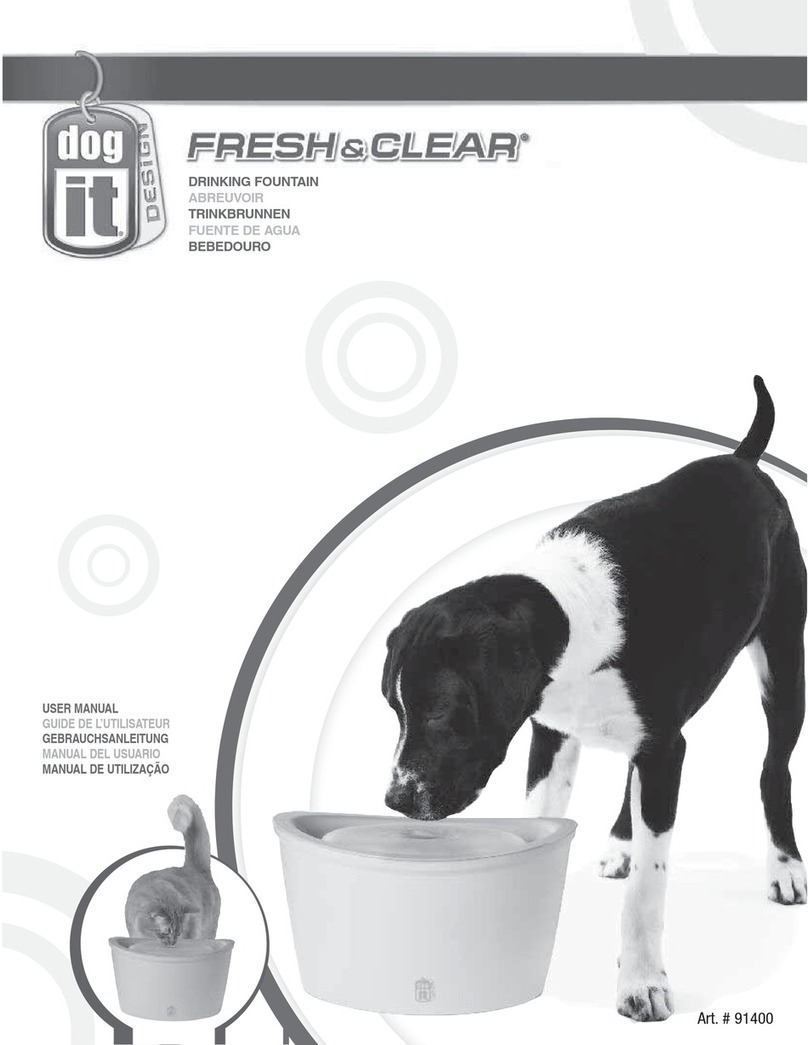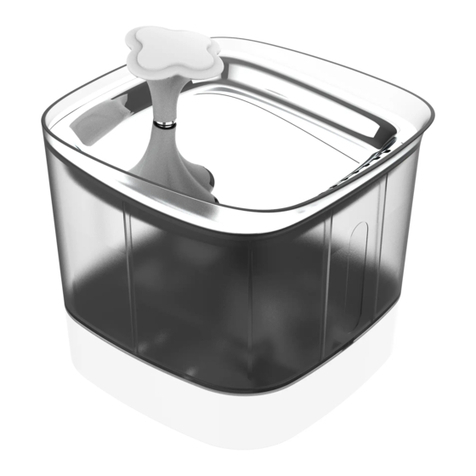NEW TRIBE TENGU SADDLE User manual

NEW TRIBE TENGU SADDLE
User Guide
WARNING: For tree climbing only. This activity is dangerous. Understand and accept the risks involved before participating. You are
responsible for your own actions and decisions. Before using this product, read and understand all instructions and warnings that
accompany it and familiarize yourself with its capabilities and limitations. We recommend that every user seek qualified
instruction in the use of this gear. Failure to read and follow these warnings can result in severe injury or death!
USER INSTRUCTIONS
NFPA Standard 1983 recommends separating the user instructions from the saddle and retaining them in permanent record. The standard also
recommends making a copy of the instructions to keep with the saddle and that the instructions should be referred to before and after each use.
For tree climbing, ascending, descending and belays, your rope or other safety devices must be attached
directly into the Screw Link at front and center. DO NOT TIE IN TO ANY OTHER PART OF THE SADDLE!
CLOSING THE SADDLE Using the Screw Link provided with your saddle, link the soft D-ring on
the legstrap bridge to the two webbing eyes on the belt, aligned as shown here, without any
twists in the webbing. Screw the link all the way closed, just finger-tight.
LEG STRAP ADJUSTMENTS
Butt straps For good balance and to make sure the legstraps cannot bind at your crotch, adjust the butt straps. The
longer they are, the further the leg straps ride away from your crotch, preventing a pinch. But if they are set too long
they can affect your balance. Hang in the saddle. Lift the black buckles on the belt in back, to let out the butt straps
until they are very slack. Check your balance and comfort, then shift the leg pads to a position on your thigh that
feels best. For some people the best position for the leg pads is closer to the knees than the hips. Find your best leg
pad position and pull on the butt straps just enough to take out the slack.
Leg straps The length of the leg straps is adjustable for a custom fit. Hang in the saddle to check your comfort
and balance. If the leg straps are too long, you may feel off balance, tipping backwards. If too short, you may feel
cramped and pinched. Decide what adjustment you want to try. Take off the saddle and lengthen or shorten the
leg straps by moving the webbing through the adjuster buckles. Hang in the saddle again to test the fit. Adjust
again if necessary, until it feels right. Do this with both leg straps, making them both the same length. New Tribe
leg straps are designed to ride loose on your legs. Do not make them snug on your thigh as you would
with other saddles. Once the strap length is right, the pads should be at center back of your thigh. If they are off
center, slide them into the right position by easing the leg strap webbing through the black buckle on the pad.
When properly adjusted, your Tengu allows you to hang upright on rope. You should feel balanced and comfortable with your weight
evenly distributed—not too much pressure on either the belt or the leg straps, and no need to hold onto the rope to stay upright.
Experiment with these adjustments until you find what’s best for you. You only have to adjust your Tengu the first time you put it on.
Once you make it right, it will stay that way until you change it.
NO
YES
1 2 3 4 Appearance from front
Remove the screw link and open the quick-release buckles on the leg straps. Check that all webbing parts are free of twists.
WAIST STRAP Position the belt at your waist so that the waist strap crosses your belly at the navel. 1) Thread the waist strap into the
buckle and 2) pull it to the right until it feels comfortably snug. 3) Loop the end of the strap back into the buckle and 4) tuck it inside
the belt to lock it in place.
LEG STRAPS Bring the leg straps around each leg and fasten the buckles by passing the smaller part through the larger part from
below. IMPORTANT: Do not pass the smaller buckle part through the larger part from above. Doing so will allow the webbing to
slip and the saddle will fail!
(If you prefer, you can put on the saddle without opening the leg strap buckles. Step into the leg straps as you would put on a pair of
pants, then raise the belt into position at your waist.)
PUTTING ON YOUR NEW TRIBE TENGU SADDLE
Webbing eyes on belt
Butt straps
Floating D on leg strap bridge
Leg strap
Screw Link closure
Leg strap adjuster buckle
Soft Side D
Gear loop
Carabiner loop
Tool slot
Carabiner loop
Butt strap buckles

NEW TRIBE, INC. • PO Box 638 • Grants Pass, OR 97528
voice (541) 476-9492 • toll-free 1-866-223-3371 • fax 541-476-5804
USING YOUR TENGU SADDLE
For ascending, descending and belays, your rope or other safety devices must be connected or tied directly into the Screw Link at
the front, between the two sewn eyes of the belt. Your New Tribe saddle should allow you to sit comfortably upright while ascending,
hanging, or descending. The side D-rings on your saddle may be used for work positioning in conjunction with a lanyard or rope that
connects to both side Ds.
Your New Tribe Saddle may feel a bit stiff when you first put it on. After you’ve used it for a short time, it will “break in” like a good
pair of boots. That’s when you’ll see why our saddles are so well known for comfort!
CAUTION: Make sure that the saddle fits snugly at the waist and that the Screw Link is secure before using the saddle. When
wearing the saddle, double-check the buckles, Screw Link, and fit of the saddle immediately prior to relying on it for support.
CAUTION: The gear loops and carabiner loops sewn onto the Tengu saddle belt and leg straps are intended only for carrying
gear and accessories. Do not use them for life support. Always keep your life support connected to the Screw Link in front.
IMPORTANT USER INFORMATION
For your safety and to get the most out of your New Tribe saddle, please read and follow these directions.
INSPECTION AND RETIREMENT
Inspect your saddle for signs of damage and wear before and after each use. It is vitally important that your saddle be in good
condition. A damaged saddle must be retired immediately. Any time you retire a piece of gear, destroy it to prevent future use.
Safe life expectancy The nylon components of climbing equipment degrade over time. Seven years is considered the safe shelf
life of nylon climbing equipment when it is stored properly and never used. With normal use and proper care, the safe life
expectancy of your saddle is approximately three years, and can be longer or shorter depending on how frequently you use it
and on the conditions of its use.
MAINTENANCE & STORAGE
If the saddle becomes soiled, it can be washed in cold water with a mild non-detergent soap. Hang to dry in a well-ventilated area
out of direct sunlight. Do not dry in an automatic dryer. Prevent exposure to flame or high temperatures. Keep the saddle in a
clean, dry, dark place off of concrete and away from acids, alkalis, exhaust emissions, rust and strong chemicals. If the saddle
becomes wet, allow to dry completely before storing.
REPAIRS & ALTERATIONS
We recommend that all repair work be done by the manufacturer. All other repair work or modification of the saddle may void the
warranty and releases New Tribe, Inc. from all liability and responsibility as the manufacturer.
INSPECTION CHECKLIST Retire a saddle immediately when any ONE or more of these apply:
—there is any kind of rip or hole in the webbing.
—the webbing is burnt, singed, or melted.
—there are any torn threads or heavy abrasion to the webbing.
—there is dirt or grit imbedded in the webbing.
—the fabric chafe wrap that protects the webbing in places of hard wear is worn off or frayed.
—the webbing is faded or discolored from exposure to ultraviolet light, moisture, solvents, fumes or bleach.
—any one of the buckles is cracked, corroded, has a burr, or is damaged or deformed in any way.
—it has been involved in a fall. Retire it immediately even if there is no visible damage.
—it is seven or more years past the manufacture date. Retire it immediately even if there is no visible damage.
—you have any doubt about its dependability. Retire it immediately even if there is no visible damage.
Table of contents
